Brandywine Conservancy
So with all of these positives, what could possibly be wrong with planting and growing burning bushes? Well, believe it or not – plenty!
How To Grow Burning Bushes – And Why To Be Cautious When Planting Them!

Although growing burning bushes can add big spring, summer and fall color to your landscape, there are a few downsides to planting this shrub that blazes in autumn with bright red foliage.
Burning bushes are known for their fast growth and beautiful leaves. Especially as autumn rolls around, and their canopy of foliage turns to a fiery red.
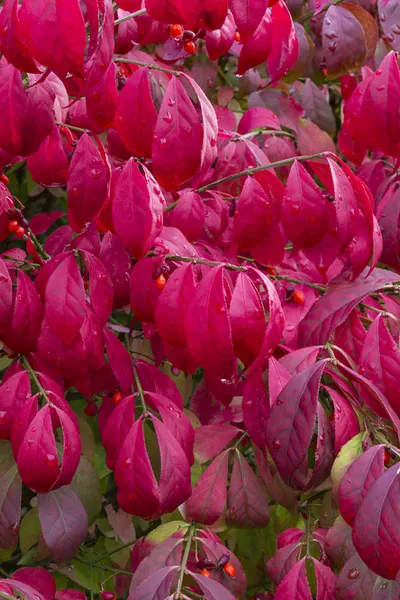
But they can pose a few problems as well. And with that in mind, the pros and cons should be weighed before adding them into your plant mix. Here is a look at how to grow burning bushes, along with a few cautionary traits to consider before planting.
Growing Burning Bushes
Burning bushes (Euonymus alatus), certainly bring a lot of versatility to the landscape. For one, they are perfect for growing as a hedge plant for walkways and driveways. But they also make for a wondrous focal point as a stand alone shrub.
Even better, they tolerate nearly any soil condition. Although these hardy shrubs prefer full sun, they can adapt well to shadier areas of the landscape too.
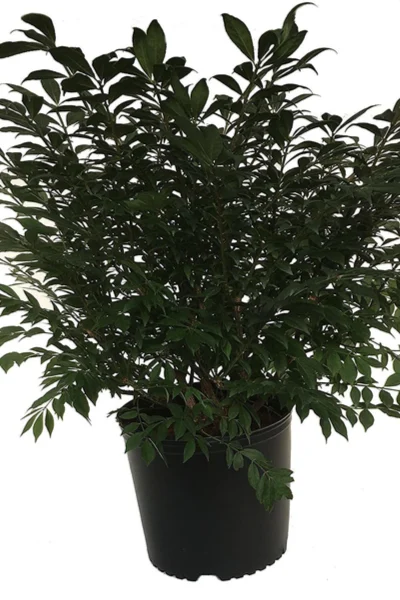
Best of all, they also tolerate a wide spectrum of growing zones . In fact, Compactus, one of the more popular of all varieties, grows well from zones 4 through 8.
So with all of these positives, what could possibly be wrong with planting and growing burning bushes? Well, believe it or not – plenty!
The Downside Of Growing Euonymus Alatus
For all of its positive growing traits, burning bushes come with a few undesirable qualities. At the top of the list is the fact that many states and areas have listed it as an invasive species.
Since first arriving from Asia many years ago, the bush has spread rapidly. Its adaptability to nearly any soil condition has made it a hardy shrub with little to keep it in check.
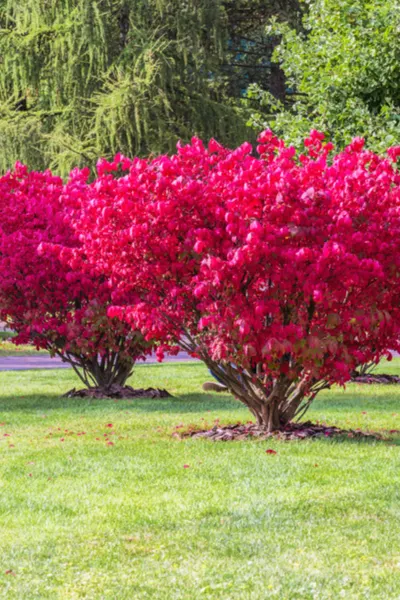
And it also spreads easily in two unique ways. First, burning bushes can tunnel underground through long roots and new shoots. If left unchecked, it can create a bevy of new plants in just a few years.
But Euonymus alatus also spreads and replants easily thanks to the birds and wildlife that consume its fall berries. The berries are actually seeds, and when deposited elsewhere, can grow new plants quickly.
The Poisonous Side of Growing Burning Bushes
As if the invasive part wasn’t enough, Euonymus alatus can also be quite toxic when ingested. Both the leaves and berries of the shrub contain toxins harmful to humans and common household pets.
Although rarely fatal, it can cause a whole slew of digestive and circulatory issues when consumed. The good news: the shrub’s leaves and berries are only toxic when ingested, and not via skin contact with the foliage or fruits.
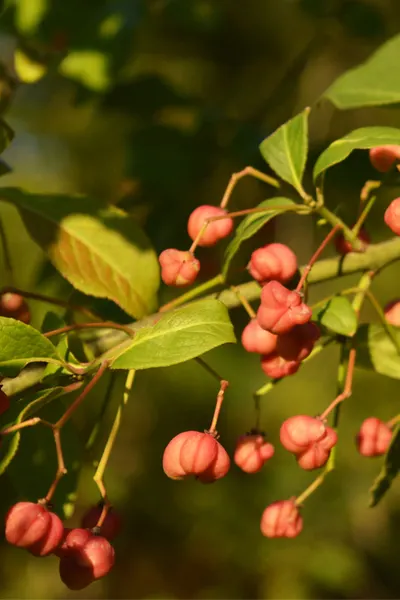
Interestingly enough, the berries are actually an important source of food for birds, squirrels and chipmunks – especially in the winter when food can be scarce.
To Grow Or Not To Grow Burning Bushes
So what is the verdict on Euonymus alatus? Are they safe for planting?
It first depends on where you live. As mentioned earlier, the plant is banned from growing in many states. It’s important to first check first with your extension office to see if it is safe to plant in your area.
If you are able to plant, certainly use caution if small children and pets will be able to come in contact with the shrub’s leaves and berries. You can also help the spread of growth from roots by removing any new shoots that appear.

For more information on trees and shrubs for your landscape, check out our Trees and Shrubs tab on the website.
This Is My Garden is a website dedicated to spreading the love and knowledge of gardening around the world. We publish two new garden articles each week. This article may contain affiliate links.
Invasive Species Spotlight: Burning Bush (Euonymus alatus)
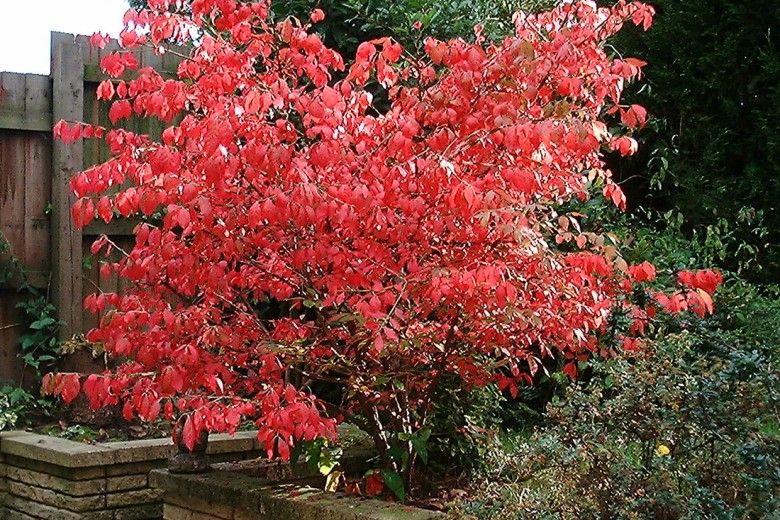
Euonymus alatus is commonly known as burning bush because of its almost neon-red fall color. While this quality—combined with its low maintenance—has made the shrub an ornamental staple in suburban landscaping, it has also become far too common in the woodlands of the eastern United States, where it is recognized as an invasive species in 21 states.
Burning bush prodigiously reproduces by seed which are dispersed by birds to nearby woodland and meadows. Once established, these plants will form a dense thicket capable of outcompeting almost any native plant.
Origin
Burning bush is native to northeastern Asia and was brought to North America around 1860 as an ornamental shrub. It has been widely cultivated and planted throughout the eastern United States and Midwest. Soon after its introduction, it escaped into the wild and has now naturalized in over 25 states, including Pennsylvania and Delaware.
Characteristics
Burning bush is a woody shrub that thrives in a shady understory with well-draining soil, but it can also grow in full or part sun. Its height at maturity is typically 10-15 feet, but landscape shrubs are often pruned to be smaller. The elliptical leaves are one to two inches long and are arranged oppositely with finely toothed margins.
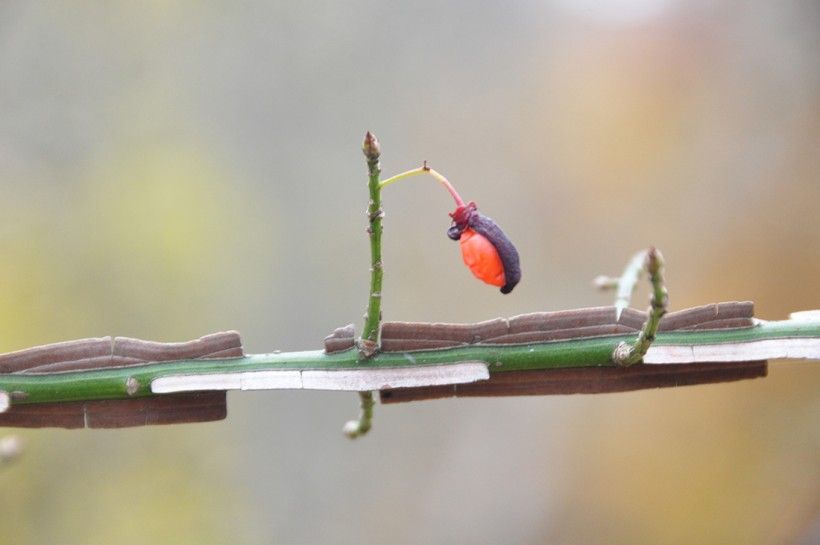
Leaves take on the distinctive red color in the autumn. During the rest of the year, the most unique feature of burning bush is the brownish, corky “wings” that run up and down each stem, giving rise to the shrub’s other common name: winged euonymus.
Control
Delaware recently passed legislation banning the sale of burning bush, along with 36 other invasive species. The ban doesn’t take effect until July 2022 and the plant is still widely available in Pennsylvania, so for now it is important to refrain from planting this species. For already existing burning bush, several methods can be used to eradicate or control its spread.
Young plants in loose soil can be easily pulled by hand. Any seeds should be disposed of in a way that will prevent them from escaping into the wild. For larger plants, foliar herbicide application during the fall is the most effective method—fall is also a great time to identify the bright red shrubs in a forest understory and remove them by cutting. After cutting the main stem, a treatment of glyphosate or triclopyr can be applied directly to the cut stump with a spray bottle or sponge to kill the root system. Alternatively, returning to cut or mow any resprouted stems will also suppress regrowth.
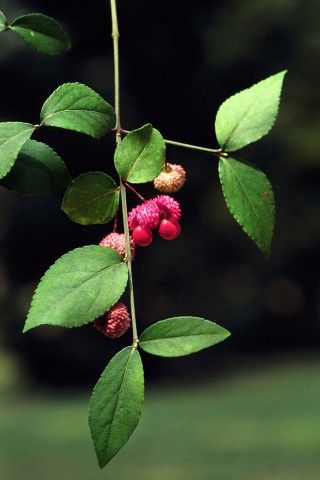
Native Alternatives
When removing burning bush, it is important to replace the shrubs with native species that will provide more value to the wildlife in this area. In fact, there are even some native species in the genus Euonymus that are closely related to burning bush. For example, the strawberry shrub (Euonymus americanus) is a finely textured shrub that does well in wet areas and has a fascinating looking fruit.
The Eastern Wahoo (Euonymus atropurpureus), another native member of the genus Euonymus, grows in drier areas and possesses foliage that is very similar to burning bush. Red osier dogwood (Cornus sericea) and winterberry holly (Ilex verticillata) are two other native alternatives to burning bush that provide red color throughout autumn and winter in addition to supporting numerous native species.
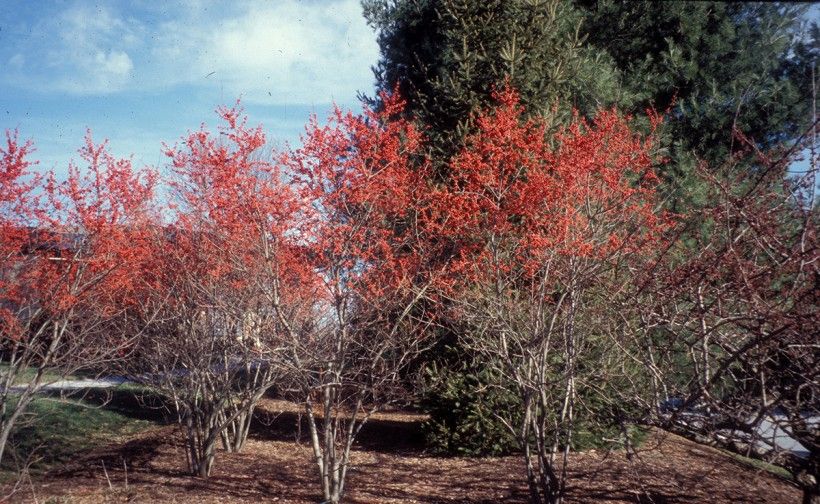
References
Header Image:
Burning bush (Euonymus alatus) in its fall color. Photo by Chris Barton via Wikimedia Commons